Back to Courses
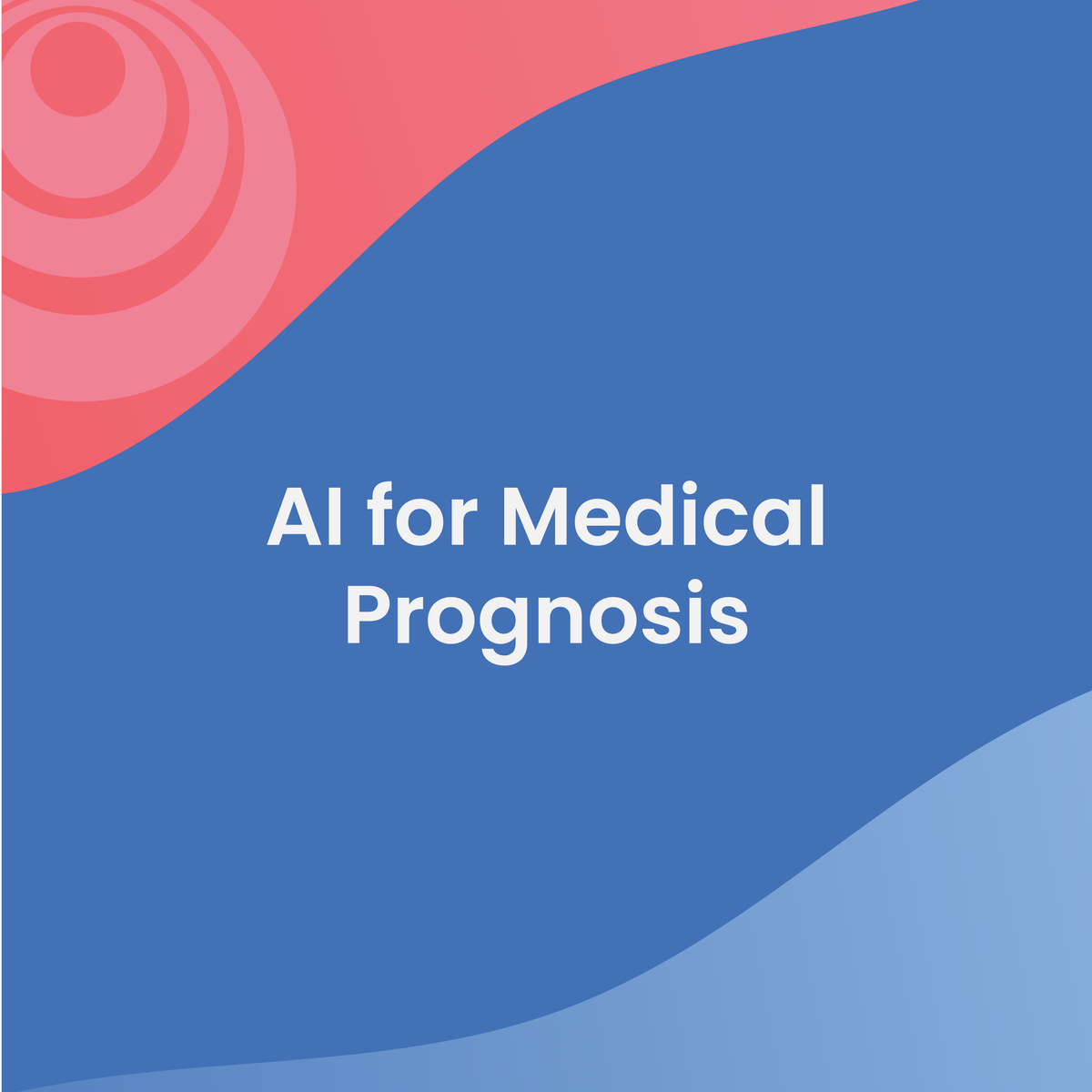

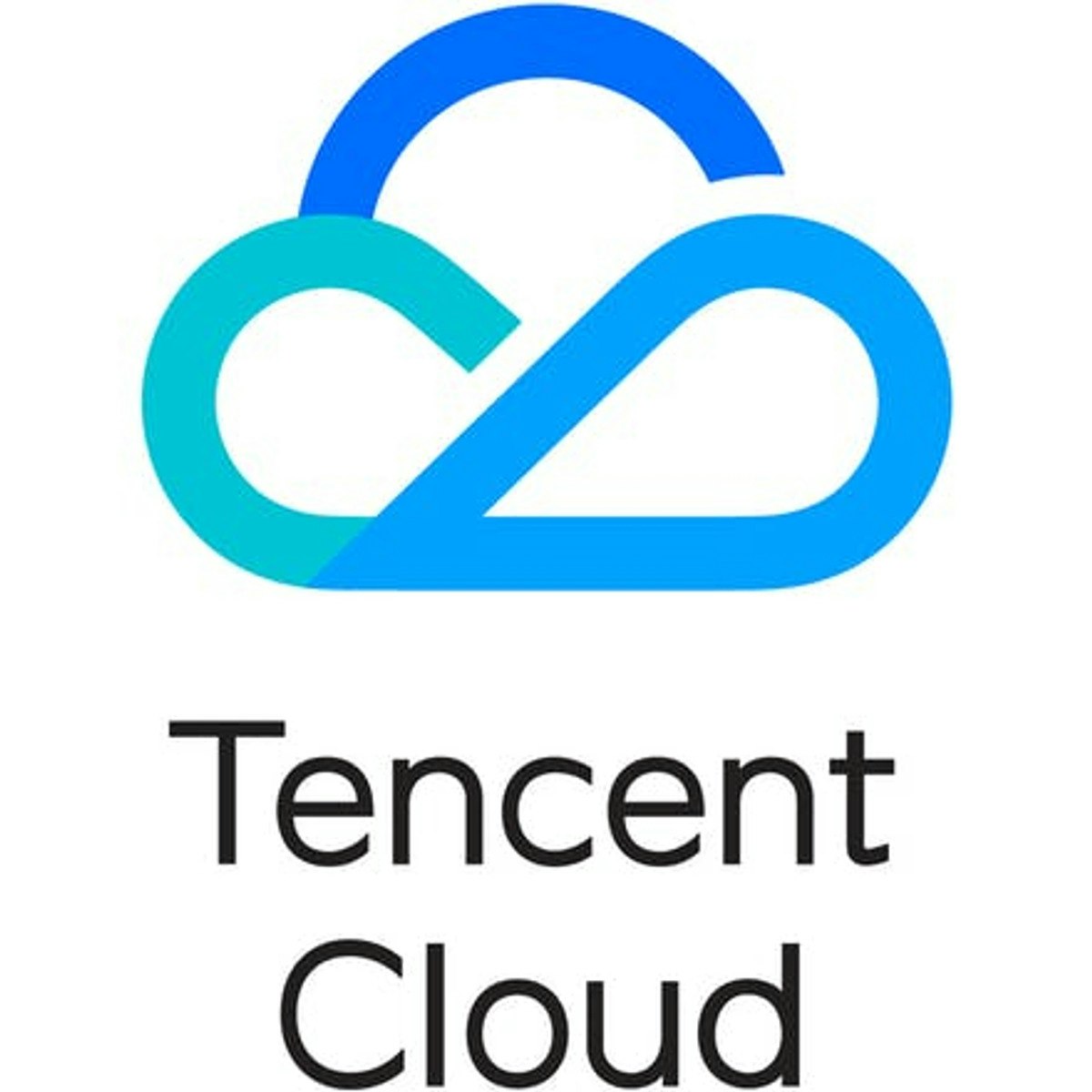


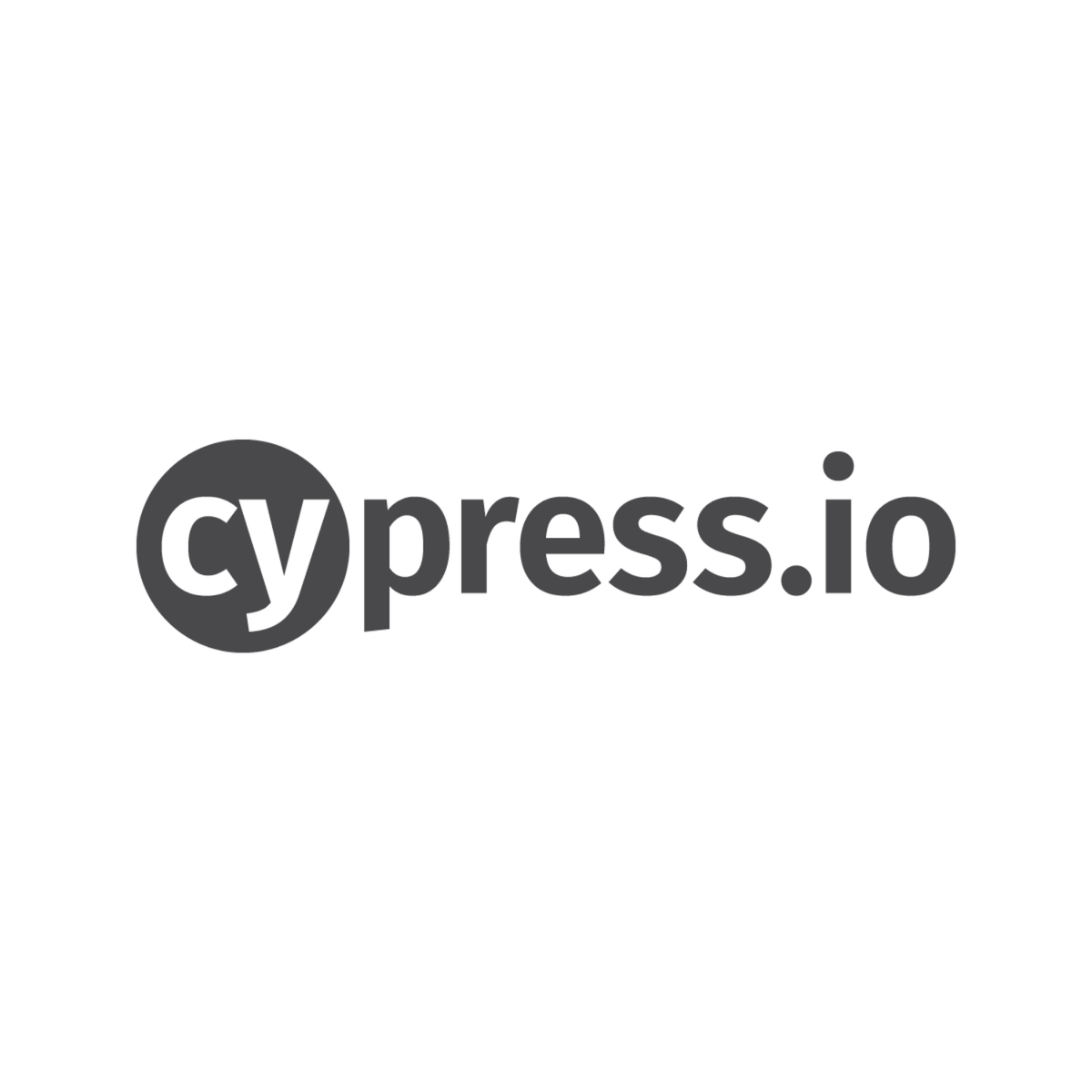

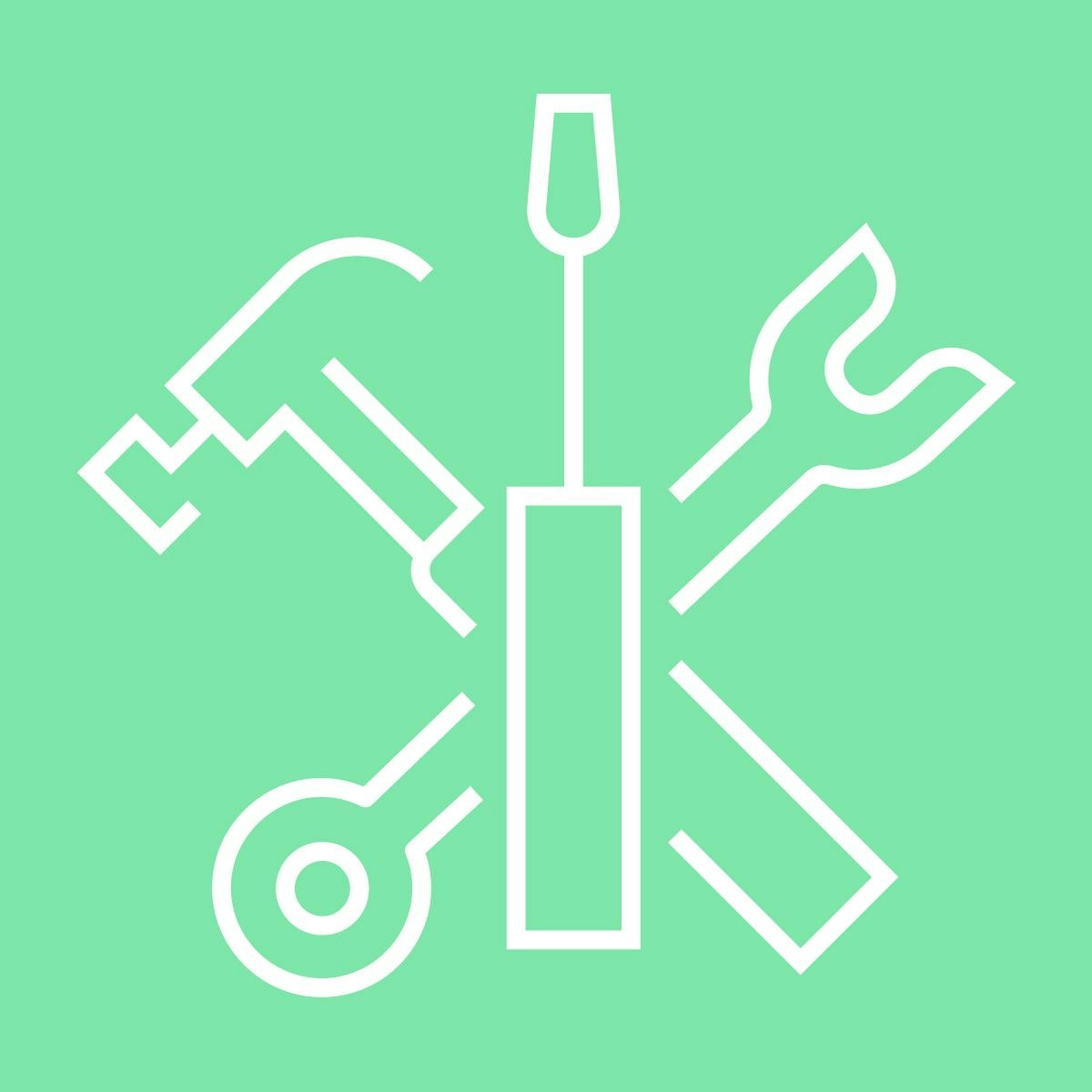
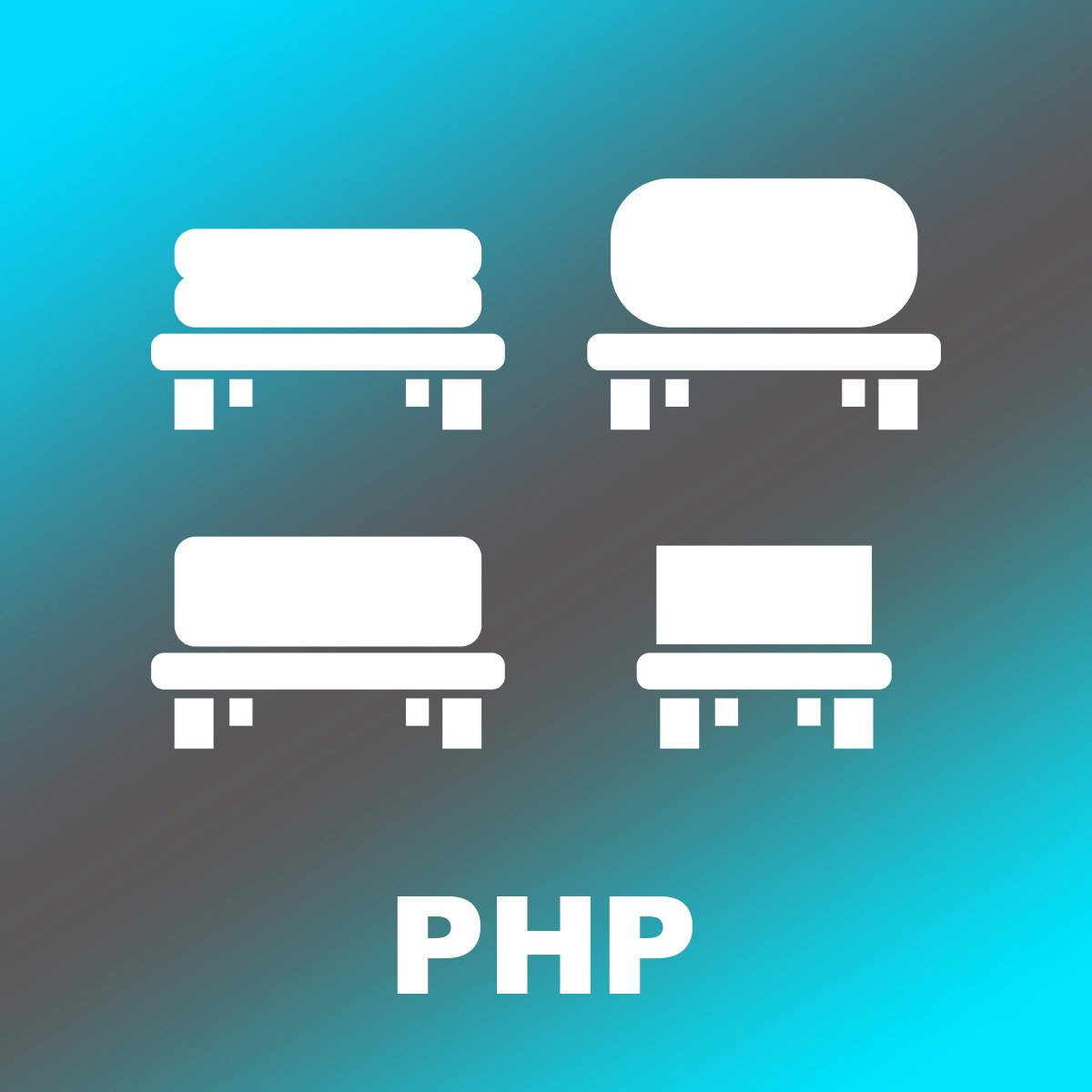
Software Development Courses - Page 49
Showing results 481-490 of 1266

Algorithmic Toolbox
This online course covers basic algorithmic techniques and ideas for computational problems arising frequently in practical applications: sorting and searching, divide and conquer, greedy algorithms, dynamic programming. We will learn a lot of theory: how to sort data and how it helps for searching; how to break a large problem into pieces and solve them recursively; when it makes sense to proceed greedily; how dynamic programming is used in genomic studies. You will practice solving computational problems, designing new algorithms, and implementing solutions efficiently (so that they run in less than a second).

AI for Medical Prognosis
AI is transforming the practice of medicine. It’s helping doctors diagnose patients more accurately, make predictions about patients’ future health, and recommend better treatments. This Specialization will give you practical experience in applying machine learning to concrete problems in medicine.
Machine learning is a powerful tool for prognosis, a branch of medicine that specializes in predicting the future health of patients. In this second course, you’ll walk through multiple examples of prognostic tasks. You’ll then use decision trees to model non-linear relationships, which are commonly observed in medical data, and apply them to predicting mortality rates more accurately. Finally, you’ll learn how to handle missing data, a key real-world challenge.
These courses go beyond the foundations of deep learning to teach you the nuances in applying AI to medical use cases. This course focuses on tree-based machine learning, so a foundation in deep learning is not required for this course. However, a foundation in deep learning is highly recommended for course 1 and 3 of this specialization. You can gain a foundation in deep learning by taking the Deep Learning Specialization offered by deeplearning.ai and taught by Andrew Ng.

RPA Basics and Introduction to UiPath
The RPA Basics and Introduction to UiPath course provides knowledge on Robotic Process Automation basic concepts. It also introduces you to the UiPath Platform and its core components. The course provides a detailed explanation of UiPath Studio User Interface and its features. By the end of the course, you will be able to build your first automation project in UiPath Studio.

Tencent Cloud Solutions Architect Associate
This course is primarily aimed at cloud professionals who are interested in learning about Tencent Cloud's cloud architectures. It equips learners with a foundational knowledge in cloud architecture design and prepares them to take the Tencent Cloud Solutions Architect Associate examination. After completing this course, learners will be able to design cloud solutions that incorporate the principles of high availability, high security, high scalability, and cost optimization.

On Premises Capacity Upgrade and Monitoring with Google Cloud's Apigee API Platform
Learn how to upgrade capacity for the Apigee for private cloud platform installation, and how to monitor the platform.

Enhance your python unit testing using Coverage
In this 1-hour long project-based course, you will learn how to you can use coverage.py to ensure that every bit of your python code is covered by a test - hence the name coverage.py. You will create test functions for a python class, one method and a time. At each step, you will learn how to cover different aspects of your code and use the cool web interface of coverage.py to monitor your progress.
Note: This course works best for learners who are based in the North America region. We’re currently working on providing the same experience in other regions.

Cypress end to end testing and intercepting network call
Cypress is a complete end-to-end test automation tool built to test modern-day web applications.
Cypress is used by developers or QA engineers building web applications using modern JavaScript frameworks.
In this hands-on guided project, you will learn —
1. Architecture of Cypress and a new way of UI automation testing
2. Controlling the network traffic
3. Intercepting HTTP request calls
4. Intercepting and updating HTTP request/response

Real-Time Mission-Critical Systems Design
This course can also be taken for academic credit as ECEA 5317, part of CU Boulder’s Master of Science in Electrical Engineering degree.
Upon completion of this course the learner will know the difference between systems you can bet your life on (mission critical) and those which provide predictable response and quality of service (reliable). This will be achieved not only by study of design methods and patterns for mission critical systems, but also through implementation of soft real-time systems and comparison to hard real-time. Methods of verification to determine ability to meet mission critical as well as soft real-time requirements will be learned so that the learner can properly assess risk, reliability and impact of failure in real-time systems.
At the end of this course learners will be able to apply an architectural style (cyclic executive, RTOS, or embedded Linux) to more detailed design of a mission critical system, a soft real-time system, or a mixed hard and soft real-time system, including:
● Thorough understanding of hardware/software device interfaces and resource view for hardware abstraction layers (HAL, BSP)
● Design trade-offs with different real-time hardware architectures including single core, multi-core, hybrid-FPGA, GP-GPU, and DSP systems, with emphasis on multi-core
● Mission critical embedded systems architecture and key design elements
● Fault tolerant processing, memory, and I/O concepts

Building Modern Java Applications on AWS
In modern cloud native application development, it’s oftentimes the goal to build out serverless architectures that are scalable, are highly available, and are fully managed. This means less operational overhead for you and your business, and more focusing on the applications and business specific projects that differentiate you in your marketplace. In this course, we will be covering how to build a modern, greenfield serverless backend on AWS.
Building brand new applications on AWS is a different task than lifting and shifting existing applications into AWS. When you have an existing application that you need to move to AWS, you might first look to using Amazon EC2 as your virtual machines, or maybe you might look into using docker containers and container hosting services like Amazon Elastic Container Service or Amazon Elastic Kubernetes Service. Those are all great application hosting options, but in most cases, they still require you to have some kind of pulse on the underlying infrastructure hosting your application. `
Building Modern Java Applications on AWS will explore how to build an API driven application using Amazon API Gateway for serverless API hosting, AWS Lambda for serverless computing, and Amazon Cognito for serverless authentication. We will follow an API driven development process and first mock up what the API will look like. We will cover all the ins and outs of the service Amazon API Gateway, and as you’ll learn- it does a lot more than just hosting an API.
Then we will add authentication to the API using Amazon Cognito. You’ll learn about how the authorization flow works with Cognito, and how to build it into your APIs. From there, we will add a Lambda backend that will be triggered by API Gateway. The lambda functions will be using the AWS SDKs to perform various data processing tasks. You’ll learn about the different configurations that exist for Lambda, and we will show you how to create and manage lambda functions. Some of the features of our API will require multiple lambda functions to execute in a specific order, like a workflow, and we will use AWS Step Functions to create a serverless workflow. Finally, we will talk about how to optimize your APIs at every layer using AWS features.
Note: There are four versions of this class, "Building Modern Node.js Applications on AWS" for Node.js developers, "Building Modern Python Applications on AWS" for Python developers, "Building Modern .NET Applications on AWS" for .NET developers, and this course, "Building Modern Java Applications on AWS" for Java developers. The courses do for a large part, overlap and in general, we recommend that you take the course that focuses on the SDK you plan to use to develop your AWS Cloud based applications.
We expect that you have basic knowledge of AWS already. Some examples of concepts you should be familiar with are: you should know the basics of the AWS Global infrastructure, like what regions and availability zones are. You also should know the at a high-level AWS Identity and Access Management, or IAM, and how it is used to control access to AWS resources. You should also understand what an Amazon EC2 instance is, what Amazon S3 is, what a VPC is, as well as other basic AWS terminology.

Build an Automobile Listing Website with PHP
In this 1.5 hours guided project, you will quickly get up to speed with the fundamentals of PHP and build a functional, dynamic website at the end. No prior knowledge of PHP is required but basic to intermediate HTML is required as a prerequisite.
Popular Internships and Jobs by Categories
Browse
© 2024 BoostGrad | All rights reserved


